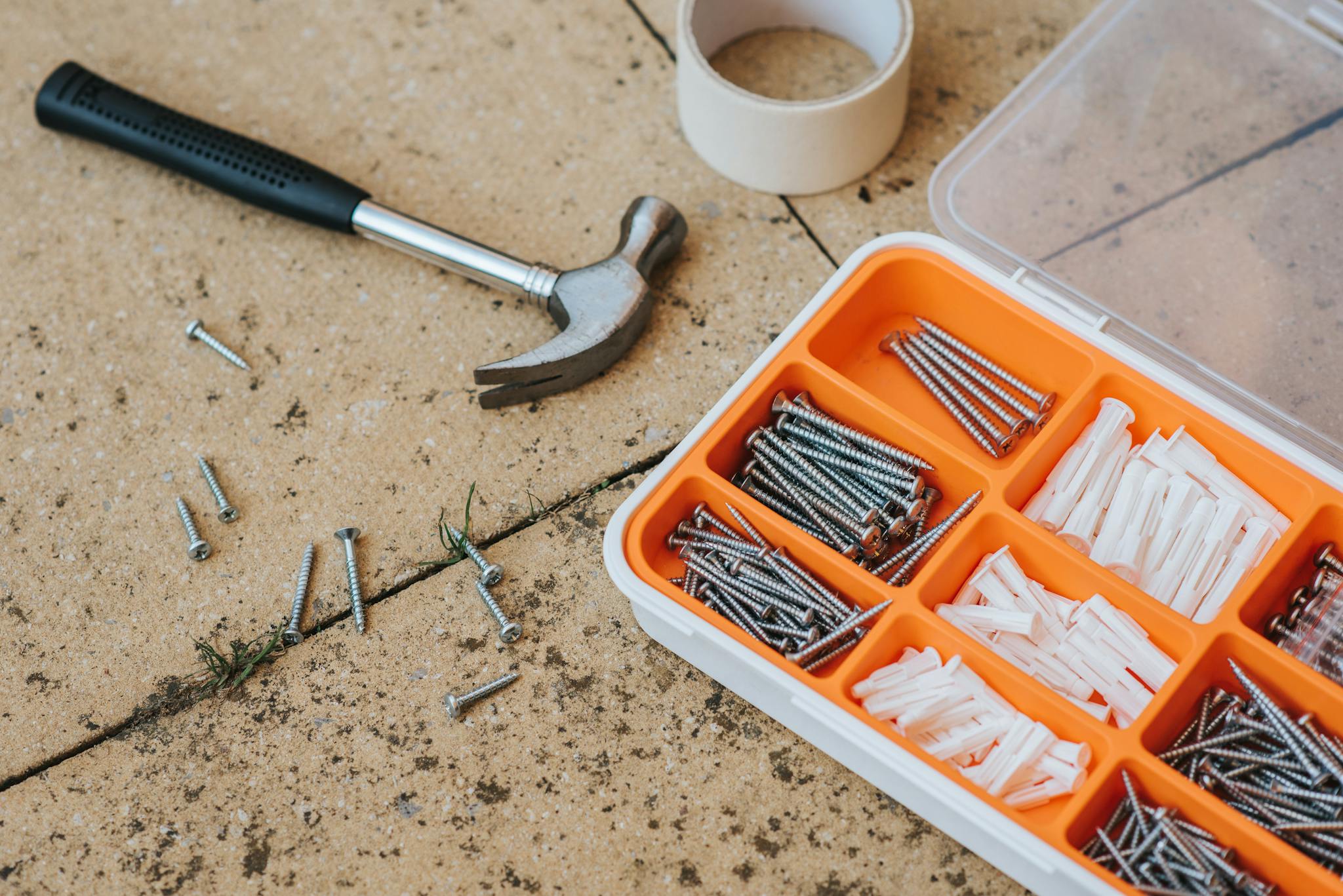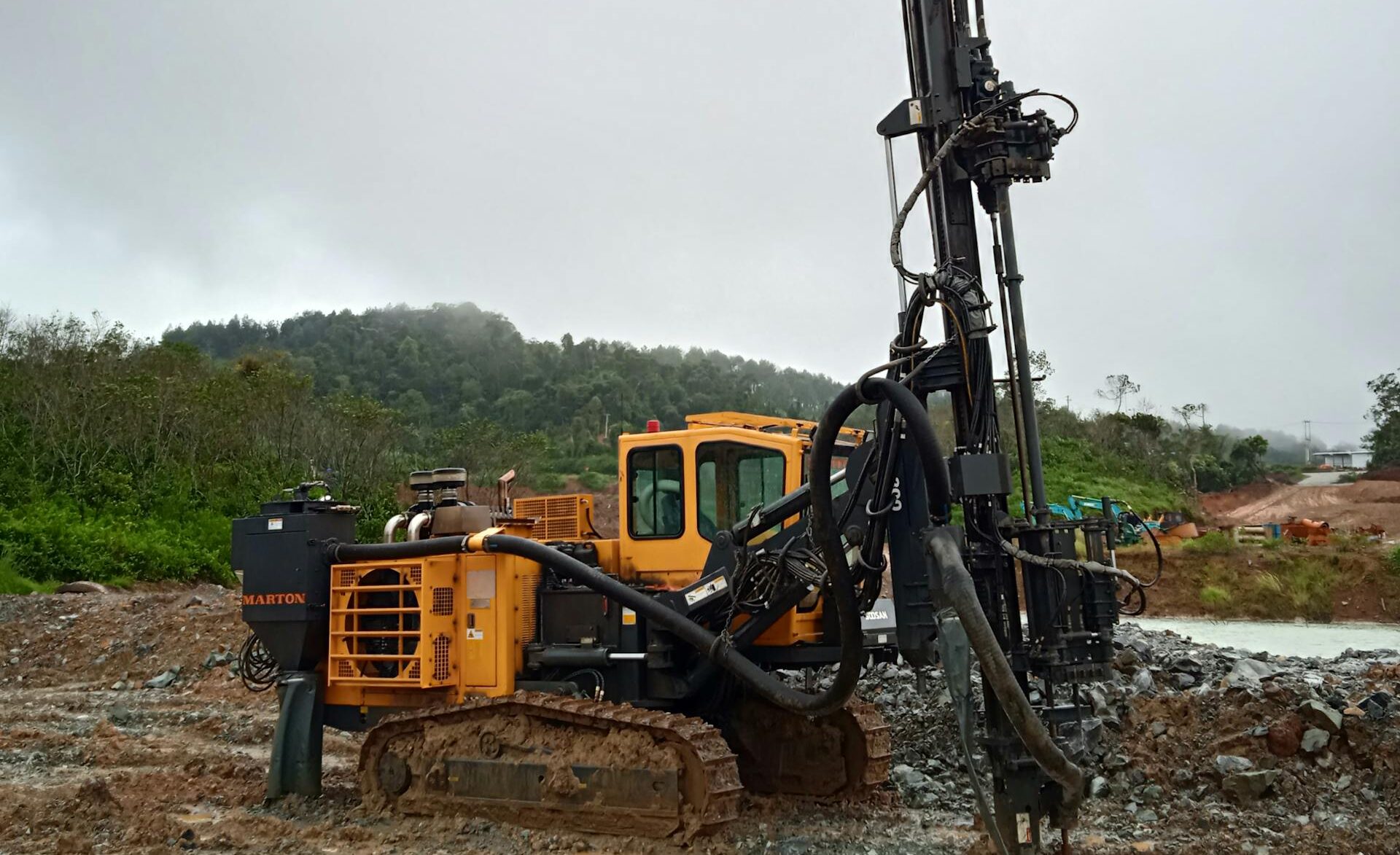Micropiles: The Superior Choice for Stability and Durability
Micropiles are the superior choice in geotechnical solutions due to their versatility, high load capacity, and ability to navigate challenging soil conditions with ease. They offer a reliable foundation option that is cost-effective and minimally invasive, making them an ideal choice for projects where traditional foundation methods are impractical. Choosing micropiles ensures the long-term stability and success of your structure, providing peace of mind and confidence in your construction project.

Summary of Micropiles
Micropiles, soil nails, and hollow bar tiebacks are all innovative construction techniques used in geotechnical engineering. Micropiles are high-capacity, small-diameter piles that are drilled and grouted into the ground to support structures in difficult soil conditions. Soil nails are long, slender structural elements installed into natural ground slopes or excavated cuts to reinforce the soil mass. On the other hand, hollow bar tiebacks are used to provide lateral support for retaining walls or excavation support systems by drilling through the soil and grouting in place. Each of these methods offers unique advantages in terms of efficiency, cost-effectiveness, and adaptability to various project requirements.



